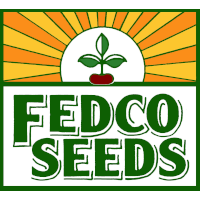R2elk
Almost Self-Reliant
Carmine Jewel Dwarf cherry

Evans-Bali cherry

Evans-Bali cherry
I have but one favor to ask. Please remind me at the end of February beginning of March and see if we can try and coordinate a date when you will receive your root stock. I want to send you as fresh as possible scionwood for a greater grafting success rate.This would be awesome!!!!! Count me in. I have Fedco saved for next spring
